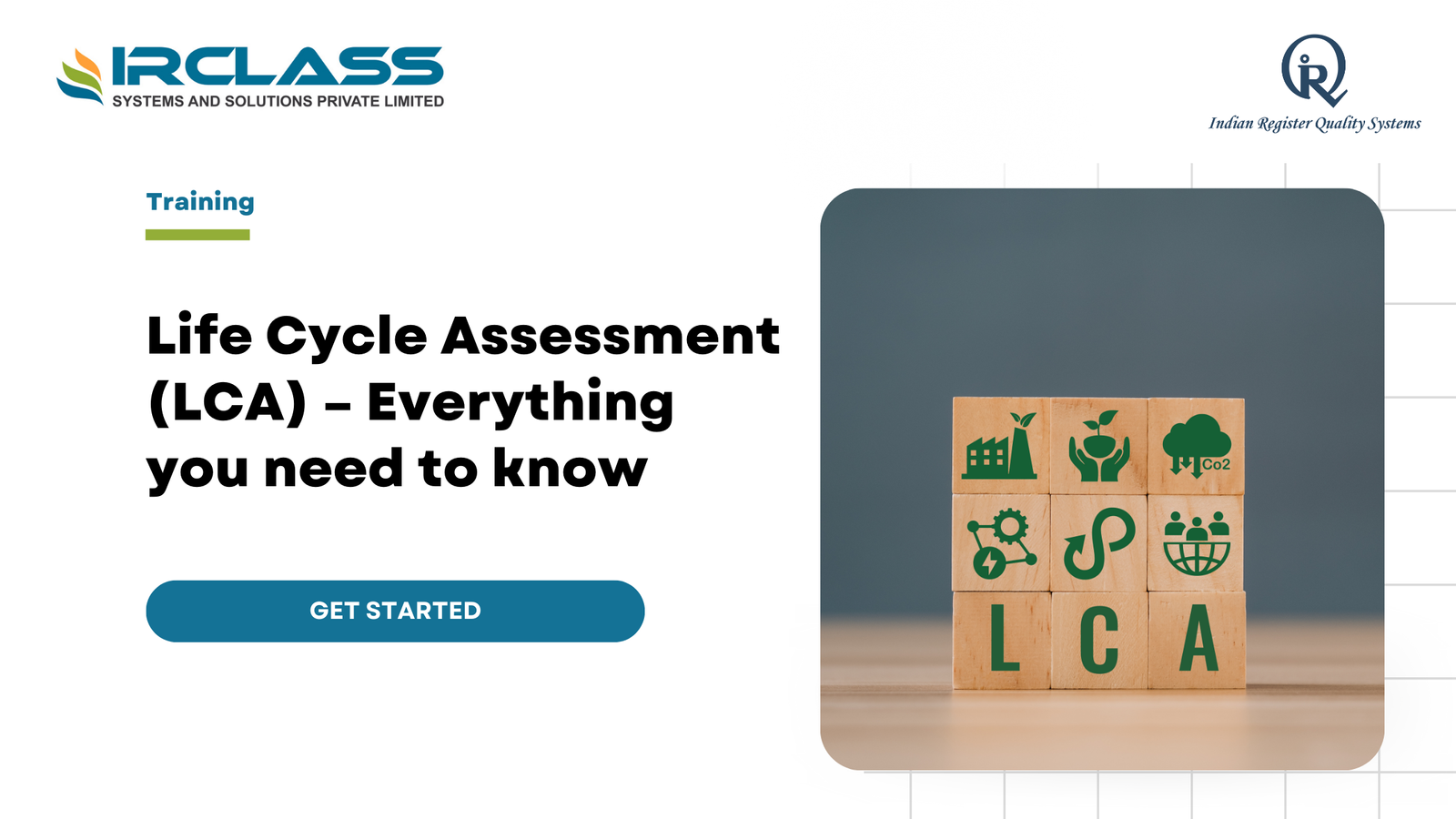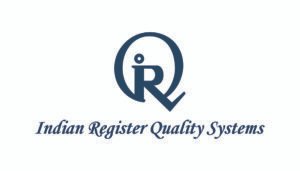Tag: ISO 14064 Auditor Training

ISO 14064: Greenhouse Gas Emission Validation and Verification
Sustainability is no longer just a buzzword, it is a must have business imperative given that all forces impacting our lives are rapidly changing. One of the most pressing challenges organizations today are facing is cutting greenhouse gas (GHG) emissions in order to slow the impacts of climate change. ISO 14064 is where it comes in. ISO 14064 is an internationally recognized standard adopted by the International Organisation for Standardization (ISO), with its principle and requirements defined for quantified, reported and verified GHG emissions. This offers a total framework for organizations bent on accelerating the process of confirming their environmental impact and guaranteeing sustainability. ISO 14064 is divided into three parts: In Part 1 GHG emissions and removals are addressed at the organization level, Part 2 relates to GHG projects at the project level, and Part 3 for validation and verification of GHG assertions. People need this part 3 for their businesses because it provides a step by step process to assure that their GGH data and claims are accurate and true under the very regulatory environment we work within today. What is Greenhouse Gas Validation and Verification? Validation and verification are two separate activities, but closely interlinked ones, which are critical to the accuracy of greenhouse gas (GHG) emissions data. Greenhouse Gas Validation is the task of determining whether a GHG project or initiative is appropriate to go ahead with. It allows the project emissions reductions or removals to be realistic and possible. Second, Greenhouse Gas Verification is post implementation, as an independent body reviews and verifies reported GHG emissions or reductions. This is a critical step because it confirms that the organization’s claimed or expected performance lines up with the real performance. These processes are not merely checking off the regulatory box; they guarantee transparency, reliability and accountability in how organizations communicate their environmental footprint. In order to minimize risk of greenwashing (the act of exaggerating or lying about your environmental efforts) and heighten stakeholder trust, proper validation and verification is important. It allows companies to demonstrate credible, verifiable GHG performance. Why ISO 14064 Matters? Relevance of ISO 14064 goes beyond environmental protection. As we become increasingly aware of the damaging impact of climate change across the globe, more and more businesses, governments and organizations are under scrutiny to act with responsibility. ISO 14064 is a structured, auditable process that helps companies show that it is serious about improving environmental performance and reducing its carbon footprint. Although ISO 14064 is a technical standard, it is also a tool for achieving the competitive advantage. More and more, investors, consumers and regulatory bodies are turning towards companies who prioritize sustainability. ISO 14064 indicates an organization’s commitment to transparency and shows that the organization wants to take steps to increase long-term sustainability and will take measures to enhance its reputation. Additionally, ISO 14064 can play a vital role to applicable companies aspiring to join the carbon trading markets or take advantage of the relevant tax incentives related to emission reductions. Steps in GHG Validation and Verification GHG validation and verification under ISO 14064 is a rigorous and systematic process, requiring robust and credible GHG data. The steps involved typically include the following: This first step was the definition of the boundaries that measure the GHG emissions. For an emissions audit it involves what sources of emissions to consider, direct emissions (or from owned or controlled sources) and indirect emissions (from purchased energy or goods or services). A clear scope defines which areas you’re looking into and how extensively you should assess them. In this phase organizations collect GHG data, such as emissions from different sources, energy consumption and relevant metrics. ISO 14064 serves as a roadmap for how these emissions can be calculated and recorded in a consistent, and transparent way. Reliable results are only guaranteed if the data has been collected accurately. Organizations are validated before any verification can take place. The organization’s plan and data collection methodology are assessed by independent experts to see if they are faithful with ISO 14064’s standards. This also means that the GHG emissions claims are plausible and achievable. An independent third party during the verification process audits the collected data. They look at the organization’s calculations of emissions, their data sources and the monitoring systems that ensure accuracy. Verification body then issues a report containing its findings of any discrepancy and then whether the organization’s GHG emissions are in alignment with the reported data. Upon verification, the organization can compile a final report outlining its GHG emissions performance, verified by ISO 14064. This report can be used for internal review, regulatory filing or public disclosure. Each of these processes need to happen for a GHG emissions strategy to be effective and transparent. This structured approach should be followed without which the risk of the wrong emissions reporting increases and credibility also reduces. How Organisations Benefit from ISO 14064 Compliance? Complying with ISO 14064 isn’t only about fulfilling a regulatory requirement. If they adhere to this standard, it will help organizations enhance operational effectiveness overall, minimize use of energy and therefore decrease operation costs. Tracking and reporting of GHG emissions enable businesses to spot inefficiencies in their processes and to act accordingly. Furthermore, ISO 14064 compliance contributes to reducing an organization’s environmental footprint. Today, consumers and investors alike are choosing more wisely, with many times favoring brands and businesses to be living up to the sustainability or the sense of sustainability. Publicly verifiable GHG emissions and reductions also build a company’s trust and loyalty with stakeholders. It also enables them to access global carbon markets. These markets trade carbon credits, which give businesses financial incentive to successfully cut their carbon emissions. Carbon trading can not only improve a company’s bottom line, it can also advance a broader effort to curb climate change. Finally, compliance limits the risk associated with future environmental regulations. A growing trend to be ISO 14064 compliant enables companies already following the standards to better fulfil governments’ climate policies and
Search
Useful Links
Recent Posts

What is a Life Cycle Assessment Course and Why Should You Take It?

Step-by-Step Guide to Becoming an ISO 27001 Implementer



